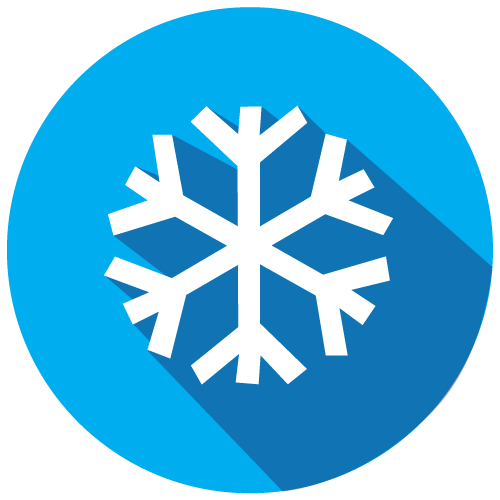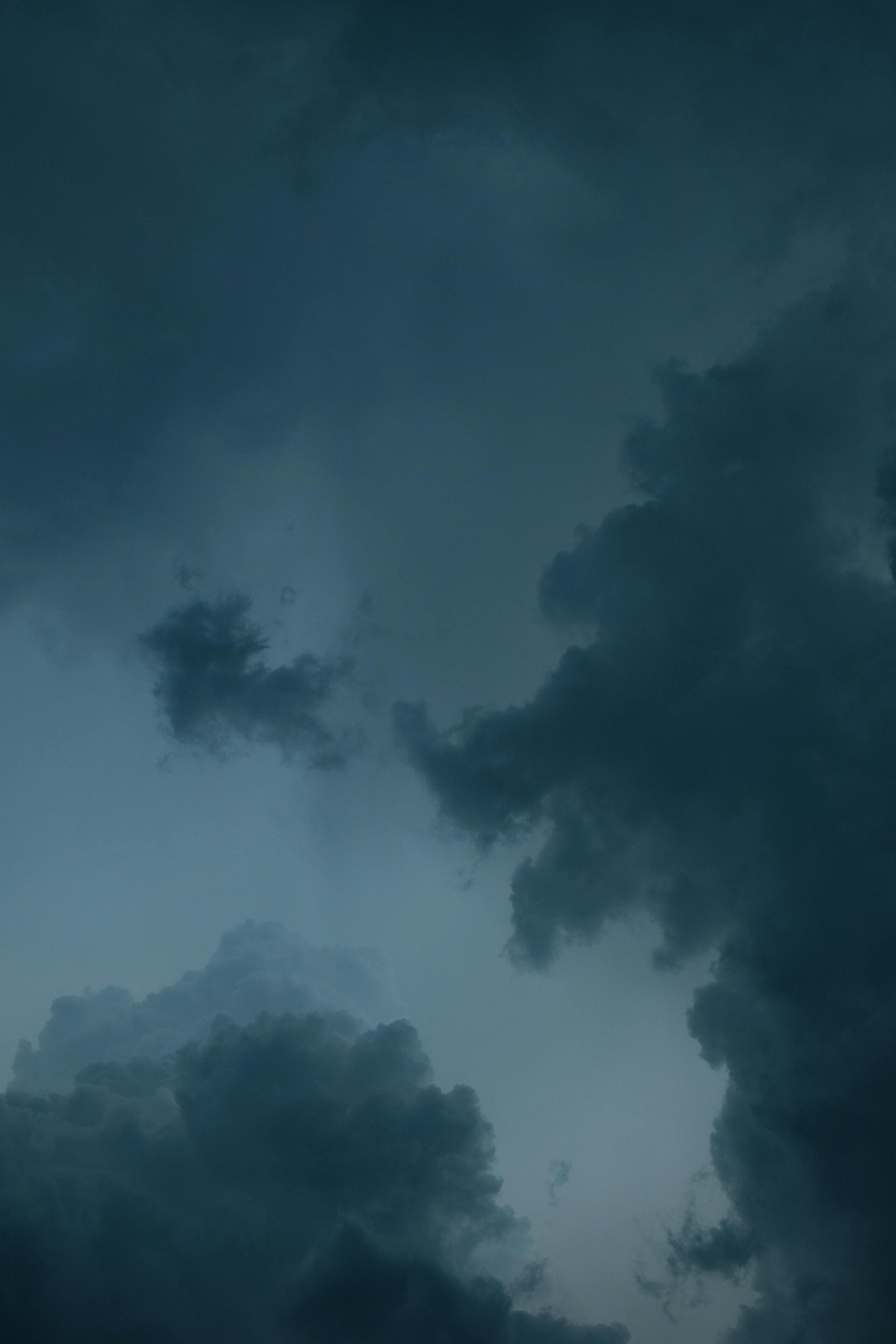
Types of Weather Hazards
Space
Space weather hazards stem from solar activity like coronal mass ejections. These events can disrupt satellites, power grids, and communications, sometimes causing rare but significant outages. Most effects are minor, but severe events may impact daily life; preparedness includes backup supplies and following official instructions for extreme disruptions.
Winter
Winter weather hazards include snow, ice, and cold temperatures. Risks such as frostbite, hypothermia, slips, and power outages are common. Safety involves wearing protective clothing, avoiding overexertion, clearing snow and ice, using caution with heating sources, and staying informed through weather alerts and emergency plans.

Flood
Flood hazards occur when water levels rise and threaten property and life. Fast-moving floodwater is extremely dangerous—just six inches can knock down an adult. Safety measures: never walk or drive through floodwaters, seek higher ground during flooding, and follow “Turn Around Don’t Drown” guidance for all flood events.
Wildfire
Wildfire hazards are fueled by dry weather and vegetation. Fires spread quickly, endangering homes and communities, especially at the wildland-urban interface. Safety steps: clear debris near homes, stay informed through alerts, prepare evacuation plans, and follow official recommendations to protect lives and property from rapidly changing fire conditions.
"Preparedness" to view highlights essential items and resources for emergency readiness, helping you stay safe and well-equipped before, during, and after severe weather events.
"News From NOAA" image to view updates, alerts, and information about weather events, safety tips, environmental science, and public announcements directly from the National Oceanic and Atmospheric Administration.

Space Weather
Power outages due to space weather are rare events, but evidence suggests that significant effects could occur. Significant power outages may have cascading effects.

All Weather Hazards Information

Winter Safety
With snow in the forecast, preparation is key to safety before, during, and after the storm.
























